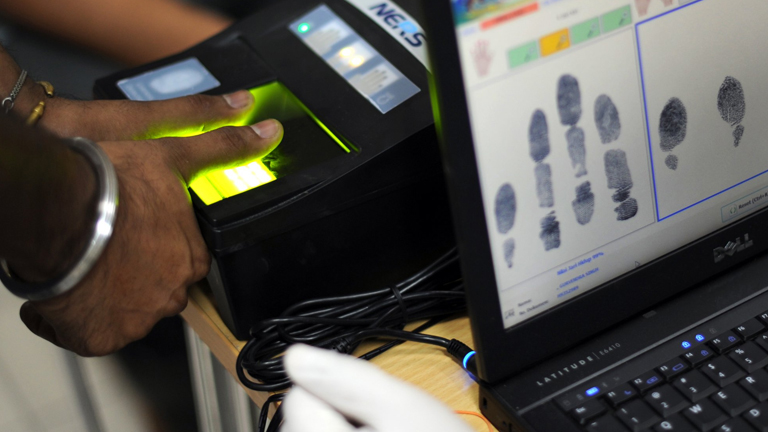24x7x365 Support No. 011-40848888 (Except National Holidays)
24x7x365 Support No. 011-40848888 (Except National Holidays)

Posted On: February 9, 2017
/Categorized In: Biometric News & Updates / Biometric Security / Biometric Technology
/Written By: Starlink
When we talk about a biometric device which can be also called as a biometric identifier, we tend to refer to an objective used for the security measurement of the people working in an organisation. But the current situation if comes into focus, we can ensure the efficient working of the biometric technology as this system of services is slowly taking over a lot of the security systems all over.
Working:
The biometric update is very easy and convenient for all the people who are implementing this system of security. In this system, the physical characteristic of an individual is captured in a formed database. This system of security can be used to carry out the process of verification of the identities of an organisation as well as the various other entries in the database system. There are various kinds of biometric security systems prevailing.
Some of them are stated as follows:
This security system is high on implementation these days. So far as that the immigration process too includes a biometrics test before being considered complete. Most candidates looking for migration benefits must undergo records check. These records check is frequently started through a booked biometrics arrangement held at a USCIS Application Support Centre (ASC). Amid the arrangement, your fingerprints will be taken and electronically submitted to different government organisations databases. Your biometric data is caught with a specific end goal to direct a criminal historical verification and to likewise guarantee that you are a similar individual who presented the application for migration benefits. The biometrics arrangement system is generally direct. A candidate shows up at the date and time determined on their meeting notice, gives their fingerprints and leaves with a stamped frame.
There are some exceptions too like if you happen to miss your biometric appointment, you can consider undergoing a walk in too.
The usage of biometrics aligns Canada with different nations, for example, the United States, the United Kingdom and Australia, which were at that point utilising biometrics for migration and outskirt security purposes. A few different nations are moving in an indistinguishable bearing as well.
